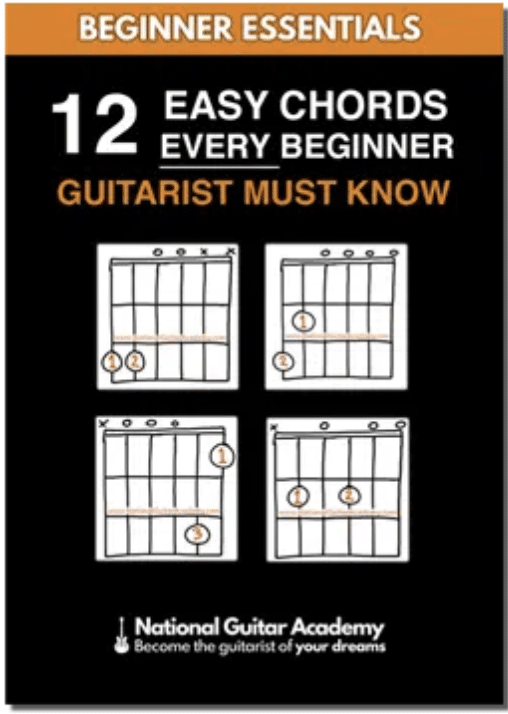Anchoring and hovering are the two most important wrist positions for fingerpicking. This video will walk you through when to use each to maximize your playing.
Alright, let’s dive into something super useful for your fingerpicking: how you position your picking hand. Basically, there are two ways you can go about it—hovering or planting—and both have their advantages. Let’s break it down.
The Two Approaches
1. Hovering Hand
This is where your hand is free-floating over the strings.
It’s great for adding percussive effects, like palm muting, because your hand can move in and out freely.
But here’s the catch: it can be trickier to target the right strings since there’s no physical contact with the guitar for guidance.
2. Planted Hand
Here, part of your hand, like the side of your palm (around the base of your wrist), rests lightly on the body of the guitar—just behind the strings.
It acts as an anchor, keeping you closer to the strings and helping you target them more accurately.
It’s like training wheels for your picking hand! But, the trade-off is that it limits movement, so you can’t do certain techniques, like palm muting, as easily.
How to Try Planting
If you’re new to fingerpicking, you might find it easier to start with planting. Here’s how to do it:
- Rest the bottom edge of your palm lightly on the guitar body.
- Make sure you’re not touching the strings, or you’ll accidentally mute them.
- Use this anchor to keep your hand stable while you practice targeting strings.
This approach gives you a bit of extra control and can help build your confidence early on. But keep in mind that your long-term goal should be to transition to hovering.
Why Hovering Matters
Hovering might feel harder at first, but it opens up way more possibilities as you advance. You’ll be able to:
- Add percussive elements like muting and tapping.
- Move more freely across the strings.
- Develop a natural, fluid picking technique.
That said, there’s no rush—work with whatever feels comfortable for now.
Practice Exercise: Root Note Targeting
Here’s a simple exercise to help you experiment with these techniques:
- Choose a song or chord progression you already know—like “Stand By Me.”
- Focus on playing just the root notes of each chord with your thumb.
- For example:
- C chord: Root note on the 5th string.
- D chord: Root note on the 4th string.
- G chord: Root note on the 6th string.
- For example:
- Play the progression slowly, keeping your hand either planted or hovering.
This is a great way to explore how each position feels. It’s okay to start with planting if it helps you get comfortable.
Final Thoughts
Whether you naturally hover or plant your hand, experimenting with both approaches is key. If something feels too difficult, try planting for more stability. But remember, your end goal is to hover—it’s more versatile and will serve you better as you progress.
Have fun practicing, and don’t hesitate to mix it up! You’ve got this. 🎸



